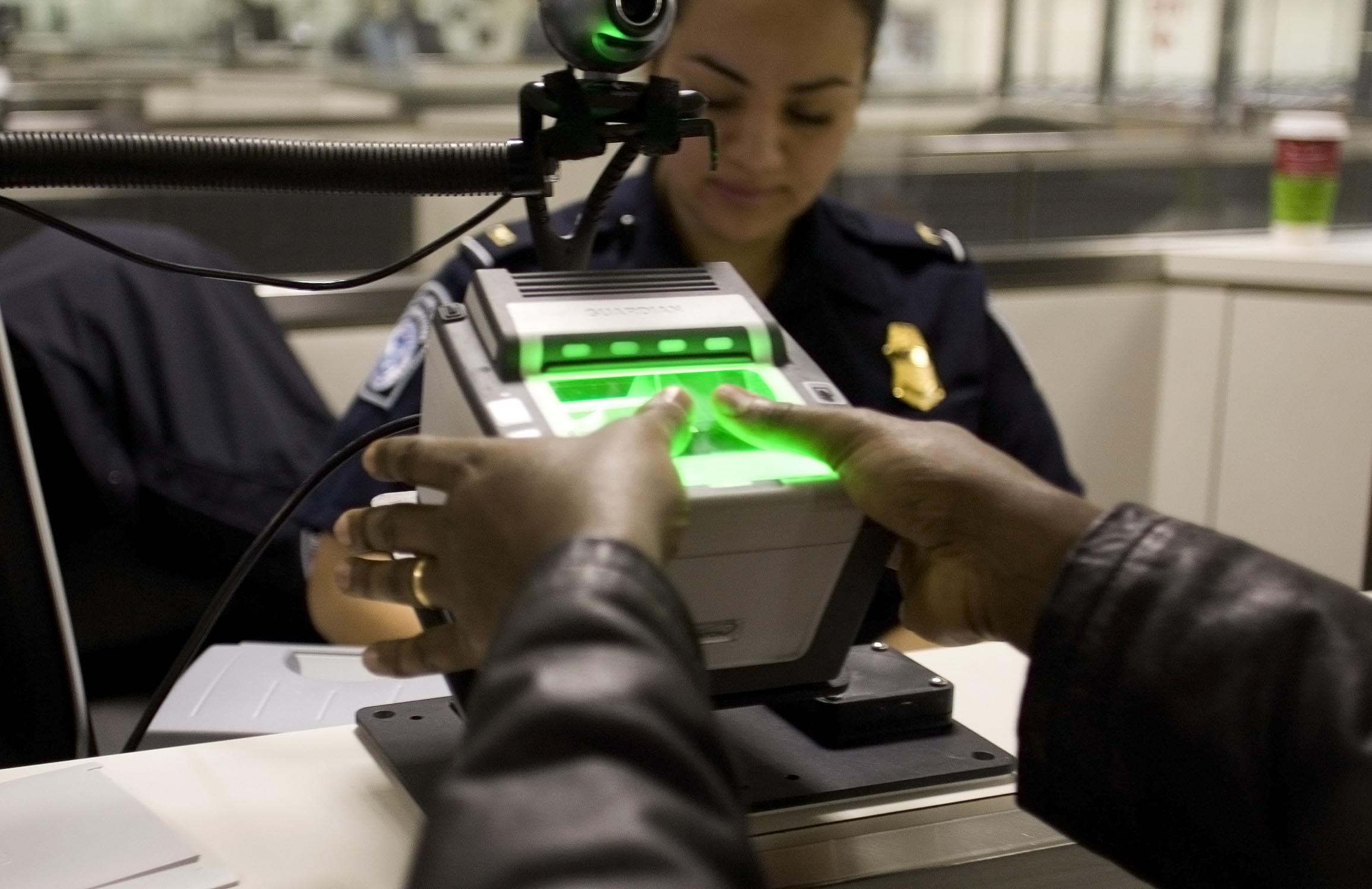
Today, biometric authentication and verification on devices have become an intrinsic part of modern-day technology. It has embedded itself so deeply in our daily lives that most of us don’t even realize it while using it. From instantly unlocking your phone with a single tap of your thumb to getting whisked through the long queues at the airport, it has become an essential part of our daily operations. While this hefty advancement has made our lives significantly easier, especially for people who are habitual of losing their passwords, the question still remains; how secure is biometric verification on your devices?
We have gathered a list of limitations and errors of biometrics on access control Manchester to see whether it is a suitable measure to safeguard your privacy and keep your data secure.
Data Breaches
Statistically speaking, all data can get hijacked. While technological breakthroughs occur every single day, there are certain loopholes in technology that can’t be nullified. A seasoned hacker can get through the tightest security systems if they possess the right skills. With biometric technology becoming a common feature on most devices, there are high chances that your data will likely be available in more places.
Careless usage
People have become accustomed to using biometrics so much that they have completely ignored the risks of it. While you can change your password, you cannot change your fingerprint or iris scan. If not used with caution, your biometrics can easily be stolen. That means that if your biometric data is compromised, it gives the thief a gateway into all of your valuable information.
Threat of Duplication
Biometric systems sound extremely safe in theory. However, the reality cannot be farther from that. Your fingerprints can easily be copied or replicated by a clever hacker. There have been incidences where highly skilled hackers have obtained biometric data from high-definition photographs and common objects with the victim’s fingerprints on them.
False Positives, Bias, and Inaccuracy
Commonly used biometric verification methods depend upon partial information to verify a person’s identity. For instance, you have to provide your entire fingerprint while registering your biometrics into your smartphone. However, once enrolled, the biometric system of your phone only requires parts of the original fingerprint to unlock your phone quickly. Research shows that this system is extremely unreliable as there is a 20% chance of someone with a similar fingerprint successfully unlocking your phone.
Data Collection and Tracking
With the world turning to biometric authentication, the users run the risk of being tracked and having their data used for ulterior purposes by the government. Since biometrics are converted into data for storage, there is a high chance that the user might be leaving permanent digital records. This puts forth a risk of surveillance and being permanently tagged by particular organizations.
The final verdict
While there are many limitations and errors that biometrics pose on access control, one cannot completely disassociate from this system. For this purpose, we recommend utmost caution while operating your devices and keeping a close eye on the activities performed on your device. This can keep you protected from most of the risks mentioned above.
No comments:
Post a Comment